Savzak (사부작)
15.7Km 2024-01-11
3361-20 Beonyeong-ro, Pyoseon-myeon, Seogwipo-si, Jeju-do
Savzak serves a course meal carefully prepared with seasonal ingredients, with only a course menu, “Savzak.” It consists of six to seven dishes, including Jeju pork and radish soup; Damajjim, a dish of steamed seafood and pork; sweet and sour eggplant; grilled pollack roe; and skewers. Customers can enjoy diverse, high-quality dishes made with fresh ingredients and traditional Jeju liquors, such as omegi and gosori liquors. As it only accepts eight to ten customers daily, it operates on a reservation system. For same-day reservations, it is advised to check availability by phone before visiting.
Gimnyeong Seongsegihaebyeon Beach (김녕성세기해변 (김녕해수욕장))
17.0Km 2024-11-14
237 Gujwahaean-ro, Jeju-si, Jeju-do
The clear waters that are highlighted with cobalt-blue and the clean white sand of Gimnyeong Seongsegihaebyeon Beach steal the hearts of visitors every year. The beach is also popular with fishermen, who enjoy rope fishing from the rocks. This area is known to be good for catching striped beakfish and spotty belly greenlings. Not far from the beach is Manjanggul Cave, which offers a welcome escape from the daytime heat.
Starbucks Jeju Songdangpark R (스타벅스 더제주송당파크R)
17.1Km 2024-12-27
1189 Bijarim-ro Gujwa-eup, Jeju-si, Jeju-do
Korea's largest Starbucks Reserve exclusive store. Enjoy special coffee along with nature and culture
Starbucks Jeju Songdang R store is Korea’s largest Starbucks Reserve exclusive store. The store offers views of Hallasan Mountain and Jeju Stone Park, so you can leisurely enjoy the scenery of nature with various coffee beverages and foods in and out of the store. There are various specialty beverages, foods, and merchandise available only at the Jeju Songdang R store. As a Starbucks Reserve exclusive store, you can enjoy kinetic artwork representing coffee stories and an exhibition of photographer An Woong-chul's works in collaboration with the global camera manufacturer Leica.
Pyoseon Haevich Beach (표선 해비치 해변)
17.5Km 2025-01-08
Minsokhaean-ro, Seogwipo-si, Jeju-do
+82-64-740-6000
Pyoseon Beach in Seogwipo is a spacious beach, taking up more than 150,000 m². During low tide, the beach looks like an elegant circle, and it becomes a circular lake less than 1 meter deep during high tide, and displays many different colors. The beach is a great place for children to play and for watching the sunrise. The sand on the beach is formed out of broken shells, and sand baths are believed to be effective for people suffering from neuralgia. Every August, this beautiful beach hosts the Pyoseon White Sand Festival, which offers fun and colorful events. The beach is equipped with excellent amenities (a campground, abundant parking space, dressing rooms and shower rooms) and surrounded by nearby attractions, such as Seongeup Folk Village and Jeju Folk Village Museum.
Haevichi Hotel & Resort Jeju (해비치 호텔&리조트 제주)
17.8Km 2025-09-16
537, Minsokhaean-ro, Seogwipo-si, Jeju-do
+82-64-780-8100
Haevichi Resort is a luxury condo-style resort operated by Hyundai Group set within the cultural and natural landscape of Pyoseon on the eastern coast of Jeju Island. Rooms offer views of Hallasan Mountain and the ocean, as well as the 36-hole golf course, open to guests year-round. Additional amenities include an outdoor heated swimming pool, eight restaurant & bars, and children's entertainment facilities.
Lumiverse: Island of Light (빛의 섬 루미버스)
17.8Km 2025-07-14
631-34 Minsokhaean-ro, Pyoseon-myeon, Seogwipo-si, Jeju-do
Lumiverse: Island of Light is an evening theme park set in a Jeju folk village as a local-hip cultural entertainment attraction. A gigantic multimedia show and characters inspired by Jeju's folklore bring the night alive. The attraction's name is a portmanteau of "Lumi," wich means light in Latin, and "-verse" from the word "univserse," and is a brand that aims to recreate Jeju's mythical world with lights and arts. Visitors are invited to enjoy the evening with Jeju's mythical gods and goddesses, including the legendary guardian goddess Elderly Mago. The attraction is divided into seven illuminated themed zones, each focusing on one of the seven gods and goddesses. Each theme is decorated using lights, artworks, sound effects and narratives that are sure to enchant one's mind.
Jeju Folk Village (제주민속촌)
17.8Km 2025-03-17
631-34 Minsokhaean-ro, Pyoseon-myeon, Seogwipo-si, Jeju-do
Jeju Folk Village reproduces the old life of Jeju in the 19th century. More than 100 traditional Jeju houses and folk culture are being recreated and exhibited through archival research. The village is planted with local trees and flowers from Jeju and Korea, so visitors can enjoy flowers in all seasons. It features themed exhibition halls, model houses, and traditional folk games, attracting numerous visitors.
Bengdwigul Cave [UNESCO World Natural Heritage Site] (제주 선흘리 벵뒤굴 [유네스코 세계자연유산])
17.9Km 2022-12-27
Jocheon-eup, Jeju-si, Jeju-do
+82-1600-0064
With a total length of 4,481 meters, Bengdwigul Cave is shaped like a maze and has one of the most complex lava tube structures in the world. For geologists, this cave is invaluable since it demonstrates how lava continuously flowed over the surface of the ground and the complex route it took to eventually form a tube deep underground. Created particularly close to the earth’s surface, this cave has a number of entrance holes to the tunnel. Inside, the complex structure of the cave unfolds in the form of double-tiered or triple-tiered rooms. A range of lava formations such as lava columns and lava bridges have developed inside this mystical tube.
* The UNESCO World Heritage designated Geomunoreum Lava Tube System of Bengdwigul, Manjanggul Cave, Gimnyeonggul, Yongcheondonggul and Dangcheomuldonggul Caves.
Jeju World Natural Heritage Center (제주 세계자연유산센터)
18.2Km 2021-05-31
569-36, Seongyo-ro, Jeju-si, Jeju-do
+82-1800-2002
The Jeju World Natural Heritage Center was established to acknowledge Jeju Island’s value as the sole UNESCO World Natural Heritage in Korea. It is comprised of various facilities including a 4D video room, lava tunnel experience, origins of Jeju-do, and many other activities that visitors can experience first-hand. Jeju World Natural Heritage Center is located in the Geomunoreum Lava Tube System, which was designated as a UNESCO World Natural Heritage in 2007, one of the 20 ecological tourism spots selected by the Ministry of Environment of Korea in 2009, as well as a Korean-style ecological tourism model.
* Opening date: September 4, 2012
Geomunoreum Lava Tube [UNESCO World Natural Heritage Site] (거문오름 [유네스코 세계자연유산])
18.2Km 2025-03-13
569-36 Seongyo-ro, Jocheon-eup, Jeju-si, Jeju-do
+82-64-710-8981
Geomunoreum Lava Tube stands out as one of the distinct oreum (the Jeju language term for parasitic cones) on Jeju Island, marked by its extensive network of around 20 lava tubes running through the volcanic structure. This site is not only a geological marvel but also a sanctuary for diverse biological species. Visitors begin their journey at the Jeju World Natural Heritage Center, from where a path leads directly to the Geomunoreum Lava Tube. It is important to note that prior reservations are required to visit. The significance of this location as a key geological feature was recognized when it was designated as a UNESCO World Natural Heritage Site in 2007. Additionally, an international trekking event is hosted annually to celebrate its global importance.
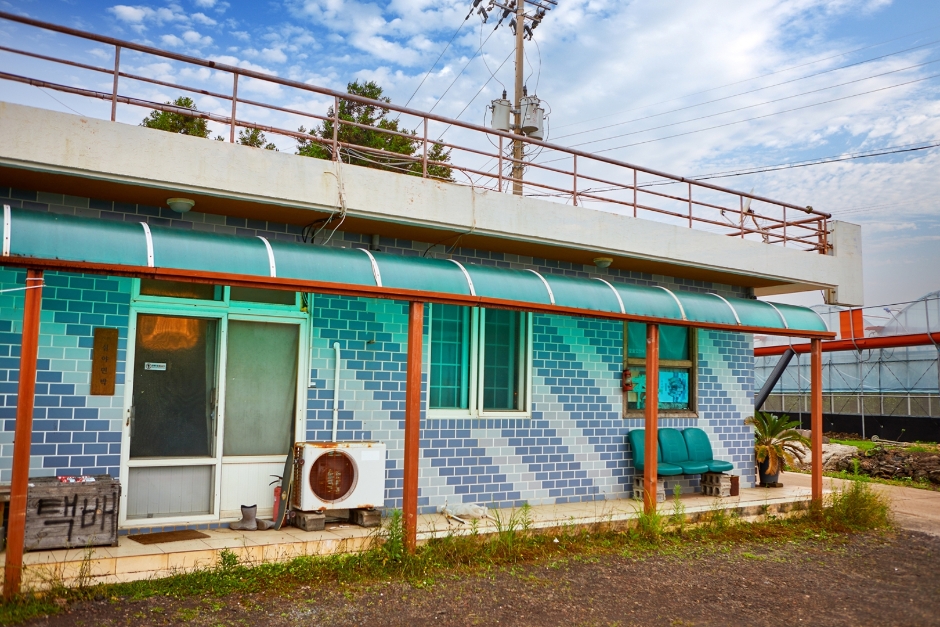
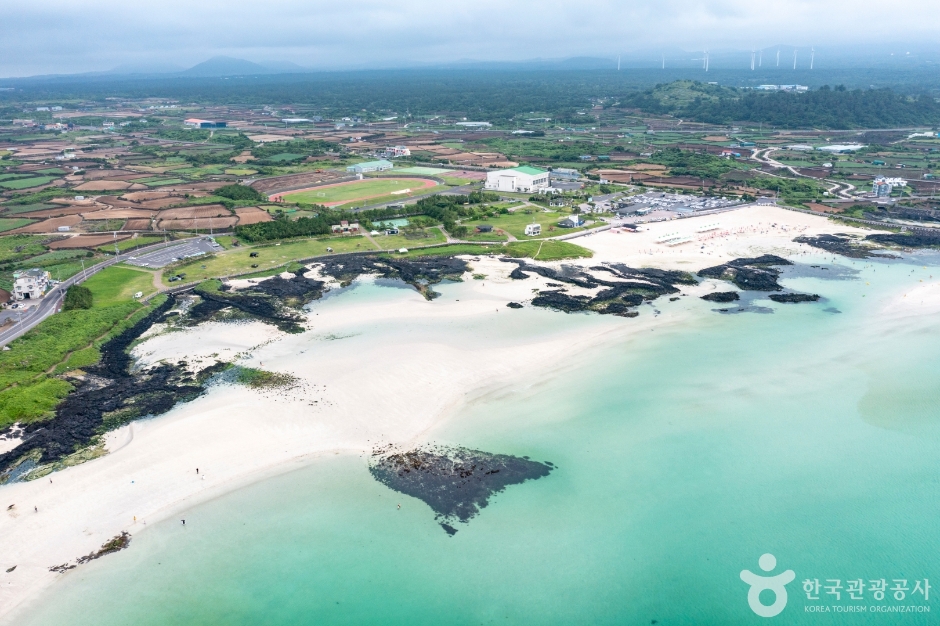
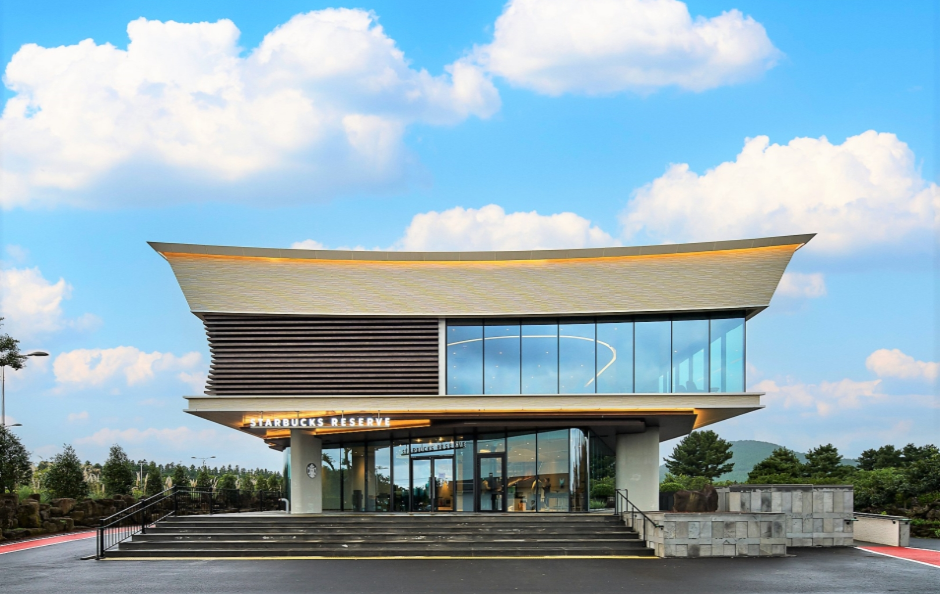
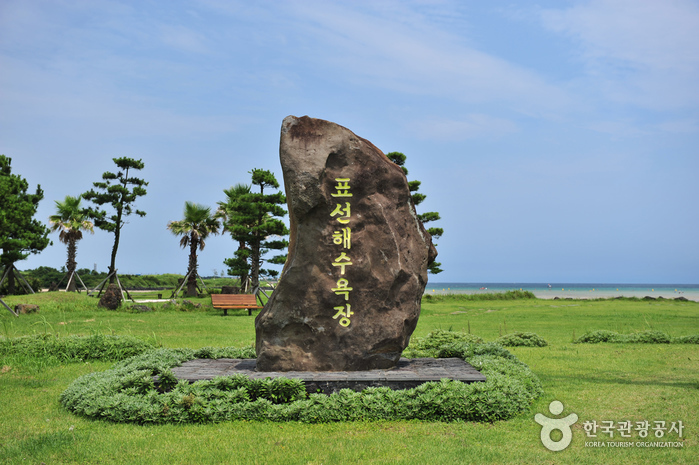

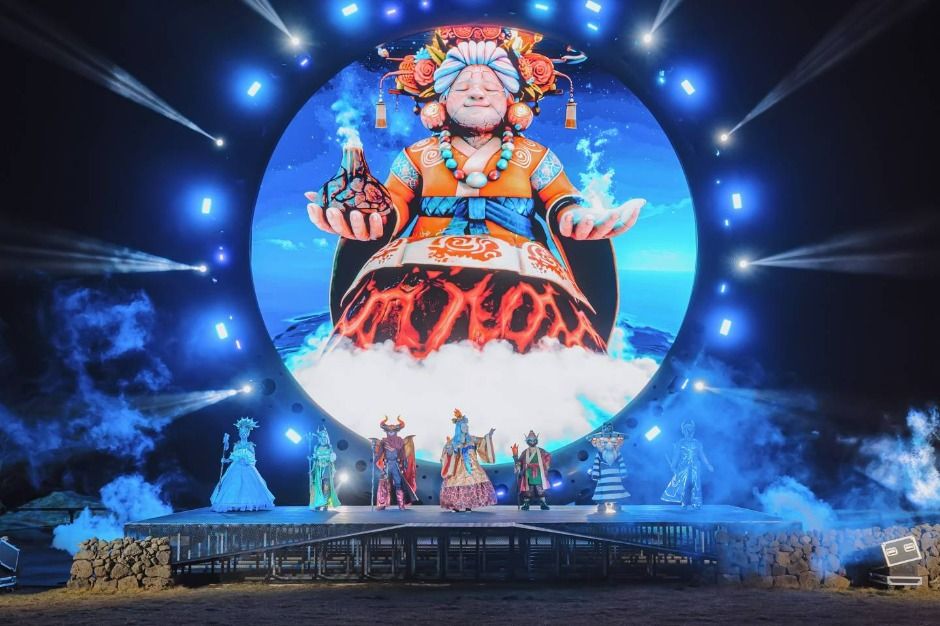
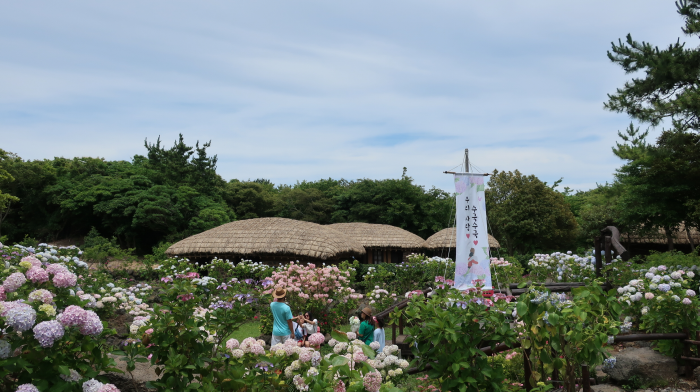
![Geomunoreum Lava Tube [UNESCO World Natural Heritage Site] (거문오름 [유네스코 세계자연유산])](http://tong.visitkorea.or.kr/cms/resource/61/2661661_image2_1.jpg)
 English
English
 한국어
한국어 日本語
日本語 中文(简体)
中文(简体) Deutsch
Deutsch Français
Français Español
Español Русский
Русский